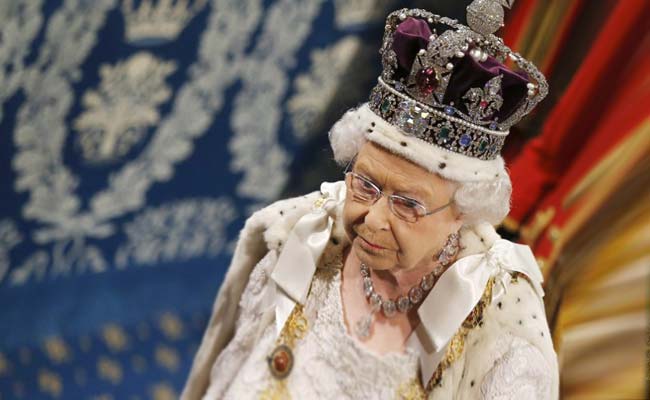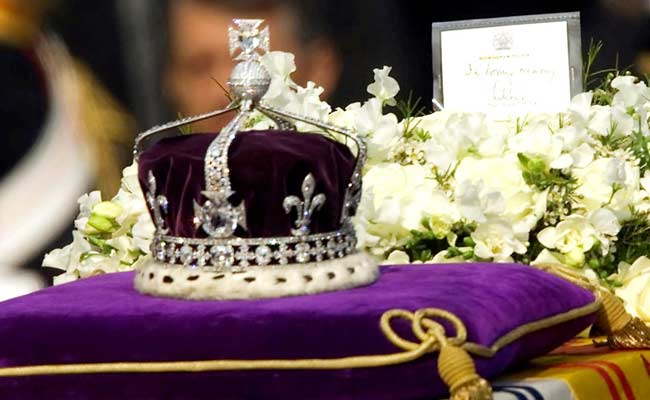So - sorry! This outsize diamond will be staying where it is. Set in a royal crown, and on display to the millions of tourists (not many Brits bother to go there these days) who troop around the Tower of London.
The Indian government knows this, of course. It has for entirely political reasons decided to set aside the statement of its own Solicitor General, who came to the perfectly reasonable conclusion that India has no claim on the diamond because it had been "neither stolen nor forcibly taken by British rulers". The demand for the return of the Kohinoor is not based on international law, but on a sentiment that the former imperial power should not be able to hang on to its ill-gotten Indian baubles.
That sense of patriotism and national pride which fuels demands for the repatriation of the diamond also explains why it's not going to happen. If this were some lesser gem, then just possibly it might get handed over, not as an act of reparation but as a gesture of goodwill. But the thought of prising the prize diamond off the Queen Mother's Crown and parcelling it up for return to - to who exactly? - well, you can see why no UK government is going to be quite that reckless.

The Kohinoor diamond in the Imperial State Crown worn by Britain's Queen Elizabeth II (AFP photo)
Successive British governments have made their position clear on the Kohinoor. "If you say yes to one [request] you suddenly find the British Museum would be empty," Prime Minister David Cameron said in an interview to NDTV while visiting India a few years back. "I'm afraid it's going to have to stay put."
That points to another reason why the Kohinoor is staying where it is. There are many museum artefacts where the case for keeping them in Britain is a lot shakier. Greece has for decades been demanding the return from the British Museum of the Elgin marbles - and with good reason. These are a huge array of sculptures and friezes - extending to an astonishing seventy-five metres - that originally graced the Parthenon and other buildings on the Acropolis in ancient Athens.

The Kohinoor diamond was set in a crown for Queen Victoria and is on display in the Tower of London (AP photo)
If ever the Kohinoor was to head back to India, the Greek government would be apoplectic with anger that their vastly stronger case for the return of the Parthenon marbles had not been met.
Some British museums have agreed to requests to repatriate items in their care - particularly human remains and sacred objects. But there is a real determination that blanket "return to country of origin" demands should be resisted.
There is of course a wider issue here. Imperialism was wrong, and so too were the assumptions of racial, cultural and religious superiority which underpinned it. That's beyond question. But we can't simply wipe the globe clean of uncomfortable episodes in our shared past.
Occasionally, legacies of the past which aggravate a continuing wound - the official flying of the Confederate flag in the southern states of the US for example - need to be remedied or removed. But that is a rare instance. And it hardly applies in the case of the Kohinoor.
(Andrew Whitehead, a former BBC Delhi correspondent, is an honorary professor at the University of Nottingham and at Queen Mary, University of London.)
Disclaimer: The opinions expressed within this article are the personal opinions of the author. The facts and opinions appearing in the article do not reflect the views of NDTV and NDTV does not assume any responsibility or liability for the same.


